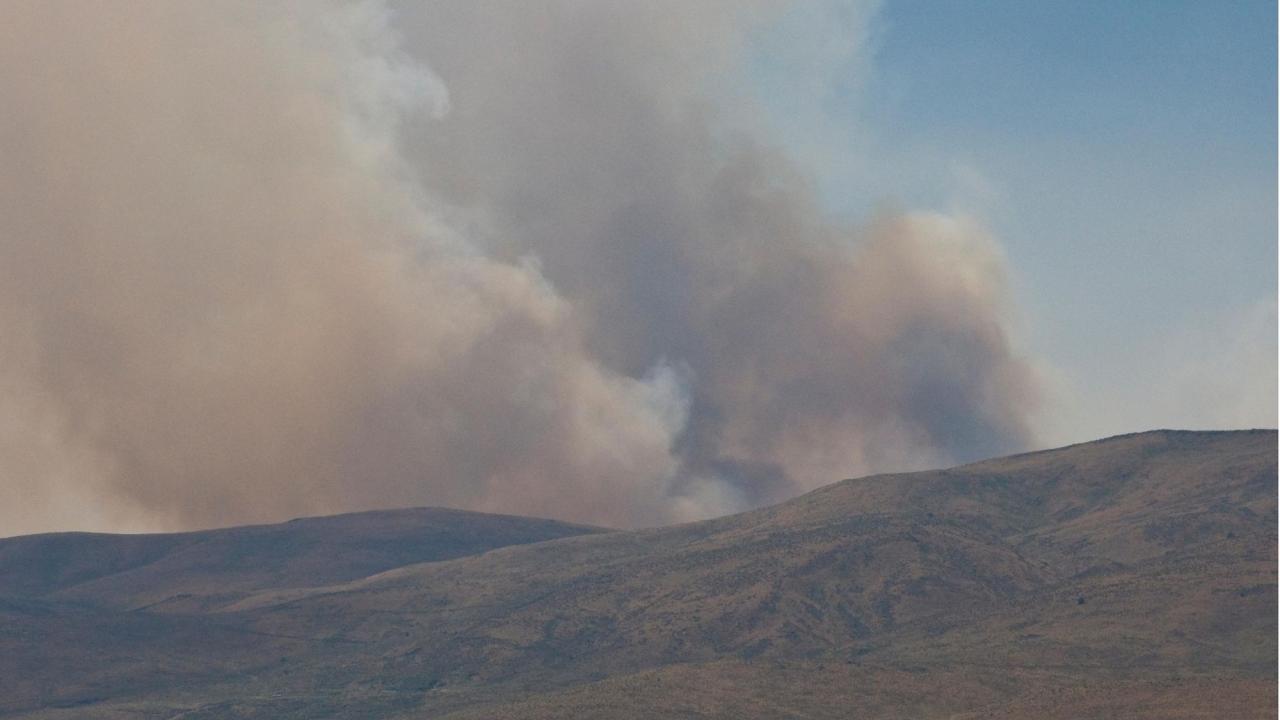
Dixie Wildfire Smoke Hazardous to Individual Health 1,000 Miles from Location
From the New York Times
Quick Summary
- From The New York Times: The megafires of the West are sending out giant clouds of smoke and leaving a footprint much larger than the evergreen forests they level and the towns they decimate.
Year after year California has seen some of the largest and most deadly wildfires, not only by acreage burned, but by also by hazardous air quality. The smoke has turned some cities in neighboring state’s air quality into the dirties in the world, including outside of the state.
Recent research suggests that the smoke may actually grow more toxic as it ages, undergoes chemical changes and blows across the country, reacting with sunlight and other molecules floating in the air. Over time, smoke may form reactive compounds that can be especially damaging to the body once they are inhaled.
Currently, the Dixie Fire, in Northern California has burned over 480, acres and the smoke has spread all the way to Denver. CARB (The California Air Resources Board) had identified wildfires as the the largest source of PM 2.5. These tiny air pollution particles are particularly harmful when resulting from wildfire smoke due to the nature of burned items (house paint, home chemicals, building insulation, etc) and can cause asthma attacks, heart attacks, strokes and other heart and lung diseases.
AQRC Director Tony Wexler commented:
“We care a lot about particles in the atmosphere because they kill people and they send people to the hospital with serious diseases,” [and] over the long term, he said, smoke particles may also stunt the growth of children’s lungs. But the full effects of having such huge wildfires so often are still being discovered, Professor Wexler said. “We don’t understand the full impact,” he said. “This used to be unprecedented and now it’s annual.”
Wildfire “season” has extended and become an annual dread for many families due to both the health impacts and the community impacts.
Read the full New York Times Article by Livia Albeck-Ripka, Thomas Fuller and Jack Healy: https://www.nytimes.com/2021/08/09/us/dixie-fire-california.html?referringSource=articleShare